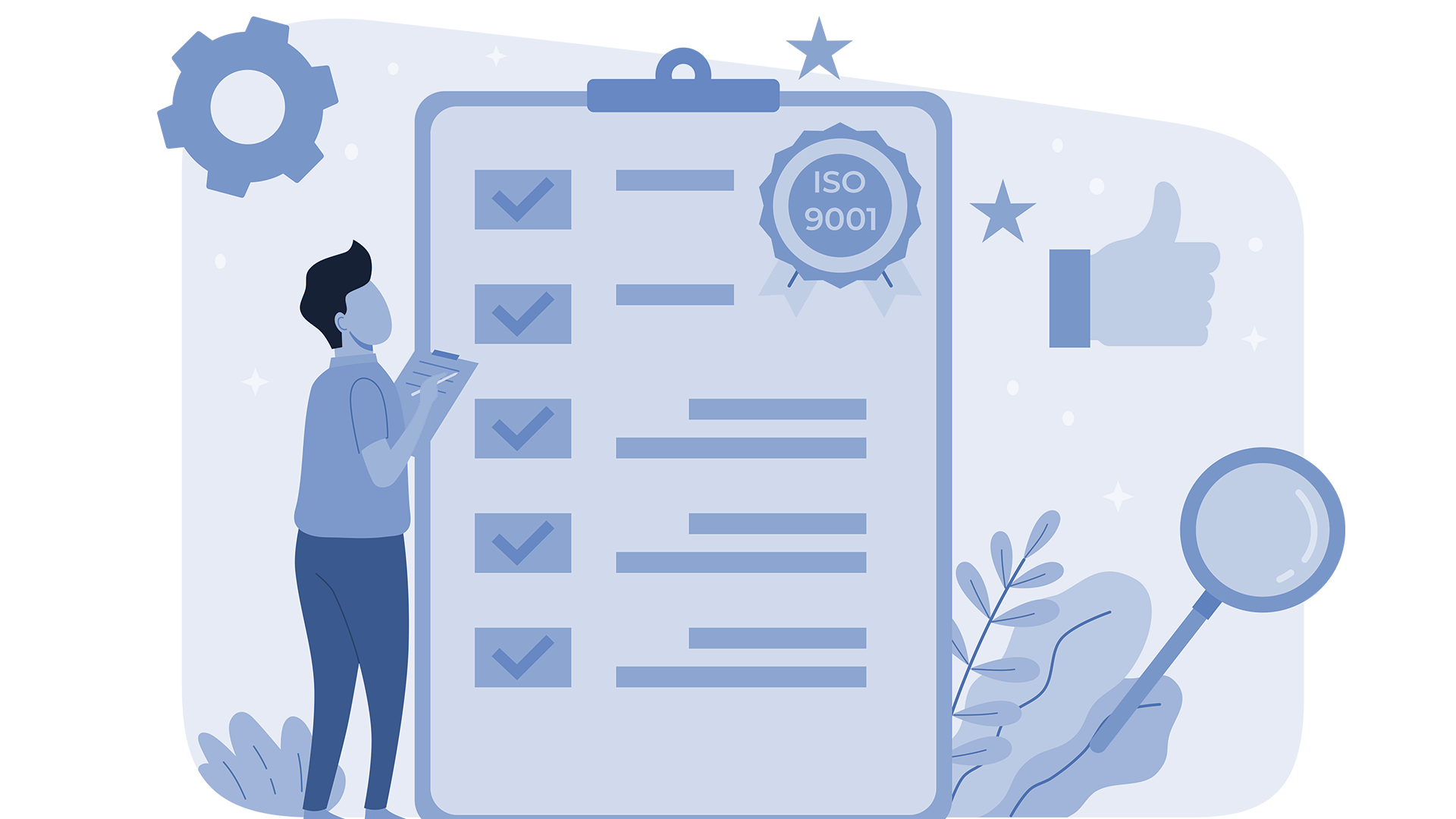
A roadmap is a visual tool designed to clearly present a strategy, a plan, the progress of a project, or the monitoring of an activity. It serves as an essential strategic resource to streamline and enhance day-to-day operations in organizations.
Due to its structure being similar to that of a timeline, it is widely used for organizational purposes, facilitating the management and monitoring of projects and activities, while making the identification of team goals and priorities regarding a specific project more transparent.
Although it is typically applied within the context of Project Management, it can be adapted and used across various areas to achieve the same results and benefits.
Advantages of the Tool
The use of a roadmap offers numerous advantages for organizations, regardless of their size.
It provides an overview of the project or activity, allowing teams to monitor and understand how the progress or delay of each stage will impact the organization as a whole.
It contributes to increased operational efficiency by identifying and organizing the allocation of people and resources, thus avoiding the waste of time, personnel, and money.
When used strategically, it enables the organization to align its efforts so that goals are achieved in an agile and efficient manner, enhances communication among teams and project colleagues, and ensures that processes are aligned with the final objective.
Another advantage of this comprehensive view is that all information is centralized in a single location, making it easier to analyze and make decisions based on deadlines, resources, and priorities.
Roadmap vs. Timeline
Before delving further into this topic, it is important to clarify that despite having similar layouts, a roadmap and a timeline are different tools.
A roadmap provides a strategic perspective, is used for longer periods, focuses on goals, and facilitates communication among the teams involved.
In contrast, a timeline offers detailed planning, with activities, tasks, and their respective deadlines. It is more suitable for short-term planning, with an emphasis on execution, allowing for the monitoring of project progress and activity management.
Therefore, the choice between one or the other will depend on the team’s objectives.
Types of Roadmaps
There are various types of roadmaps, depending on their objectives and applications. Below are some examples:
- Project Roadmap
This can be used to manage the creation of an action, event, or process within the organization. For example: the implementation of a new tool, the creation of a new business unit, or the launch of a code of conduct.
It is constructed in a timeline format, including each stage of the work described according to the PMBOK.
2. Strategic Roadmap
Used to organize the company’s strategic planning, it can be developed annually, containing general objectives, or segmented by department.
To be classified as strategic, it should include: the current overview, market study, definition of objectives and goals, strategies, task creation, assignment of responsibilities, definition of KPIs, deadlines, and timeline.
3. Product Roadmap
As the name suggests, it is used by companies to guide the team during the development of new products or services—processes that involve multiple areas and require full alignment.
This type of roadmap should include the stages of creating an MVP (Minimum Viable Product), testing features, selecting test groups, and, subsequently, making necessary adjustments until the final product or service delivery.
4. Technology Roadmap
This is an effective tool for managing the implementation of new technologies within the company, such as adopting a new CRM, customer relationship management software, predictive analytics tools, among others.
Tasks and responsible parties are listed for both evaluating software prerequisites and preparing the organization to receive the new technology.
Examples of Use
The roadmap can also be applied in other areas, including personal life, such as career development.
For example, when used for professional development, the roadmap helps identify growth opportunities and establish the necessary resources to achieve goals.
In the area of Human Development, it supports proactive planning for future talent needs by anticipating changes in the labor market, with a clear view of strategic priorities, enabling assertive positioning.
Another example relates to business growth, such as Airbnb, which uses the tool to enhance customer experience. The overview provided helps identify improvements to the app and services offered, allowing rapid growth and customer loyalty.
Tesla, in turn, applies the technology roadmap to plan the evolution of its inventions and electric vehicles, highlighting improvements in range, safety, and innovations. This strategy helps the company maintain its leadership position in the electric vehicle industry.
Companies such as Apple and Amazon also use the tool strategically to achieve their objectives.
Tips
Although creating a roadmap is relatively simple, we have compiled some tips to make it even more effective and strategic:
- Before starting, prioritize and understand the goals and objectives of the project or action at hand. Meetings with the involved teams can facilitate the alignment of expectations, methodologies, and priorities.
- Identify the necessary tasks, breaking the project into ordered phases according to the appropriate chronology to achieve the final objectives.
- Establish deadlines for each activity, considering all anticipated constraints and risks.
- Remember: the roadmap is not a static tool. It is essential to evaluate it periodically and make adjustments whenever necessary, tracking the actual progress of the project.
- Build the roadmap using software or a tool accessible to all involved parties; otherwise, it will not be effective.
Watch the video and get to know the roadmap available in Interact Suite SA.



